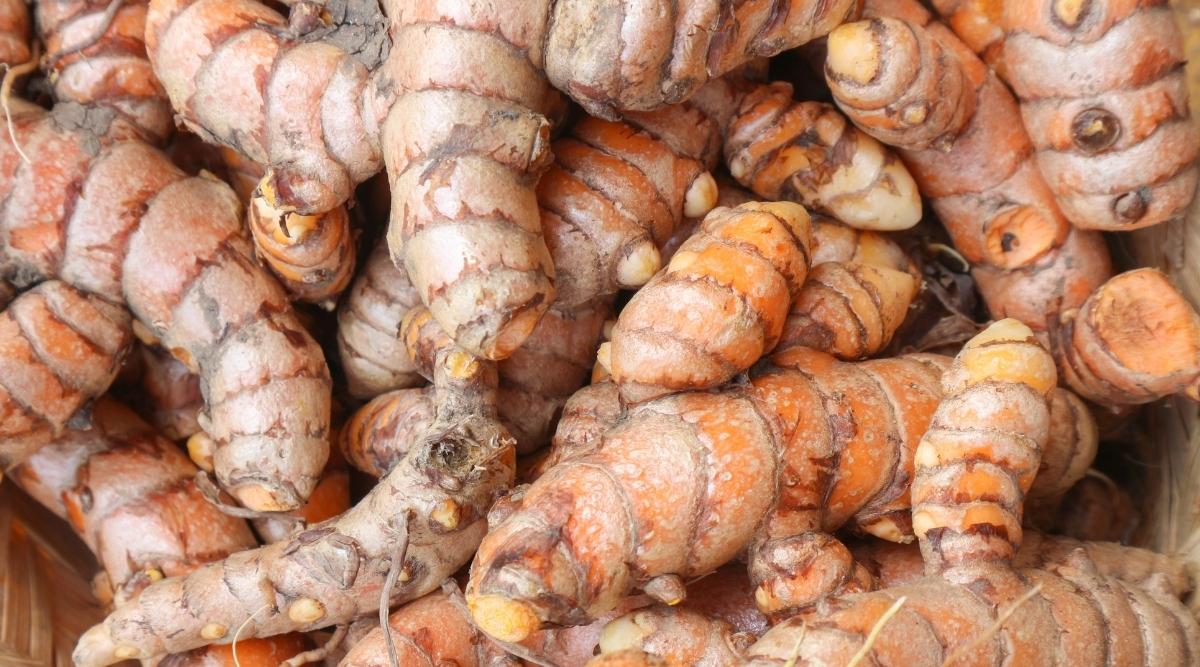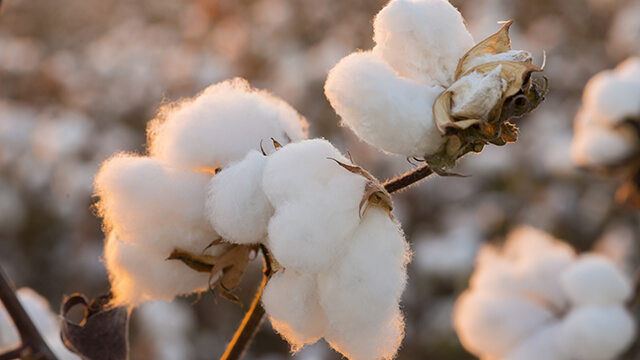High domestic pricing and restored soil moisture are projected to help farmers surpass last year’s planting in 2023, but an extreme heat wave this year may reduce production. Increased wheat production might persuade India, the second-largest producer of grain in the world, to reconsider easing a May export ban. While wheat production has nearly plateaued in the traditional grain belts of Punjab, Haryana, and Uttar Pradesh, farmers are planting the crop on fallow land in the west, where they have historically cultivated pulse and oilseeds.
The price of domestic wheat has increased by 33% so far in 2022 to a record Rs 29,000 ($355.19) a tonne, which is significantly higher than the government-set procurement price of Rs 21,250. The spike in wheat prices comes despite the grain’s export ban, suggesting a much greater decline in this year’s crop. While exports increased to make up for the global shortfall brought on by Russia’s invasion of Ukraine, India, the second-largest consumer of wheat in the world, restricted wheat exports after a strong, abrupt rise in temperatures cut production. India only produces one wheat crop per year, with sowing taking place in October and November and harvesting beginning in March.
According to preliminary data issued by the Ministry of Agriculture & Farmers’ Welfare, farmers have planted wheat on 15.3 million hectares since the start of the current sowing season on October 1. This is an increase of about 11% from a year earlier. Many farmers in Punjab and Haryana chose to plant earlier than usual because they thought the early-sown types would be ready for harvest before the temperatures typically rise in late March and early April, according to farmer Ramandeep Singh Mann.
With a usual area of about 3.5 million hectares, farmers in Punjab have already planted wheat on between 2.9 and 3.0 million hectares, according to Mann. In order to profit from increasing prices, farmers are also choosing superior wheat types like Lokwan and Sharbati, the premium grades that yield larger returns. The amount of wheat planted has increased, but the crop needs cooler temperatures in the upcoming weeks. Then, in March and April, when the crop ripens, the weather must continue to be favorable.

